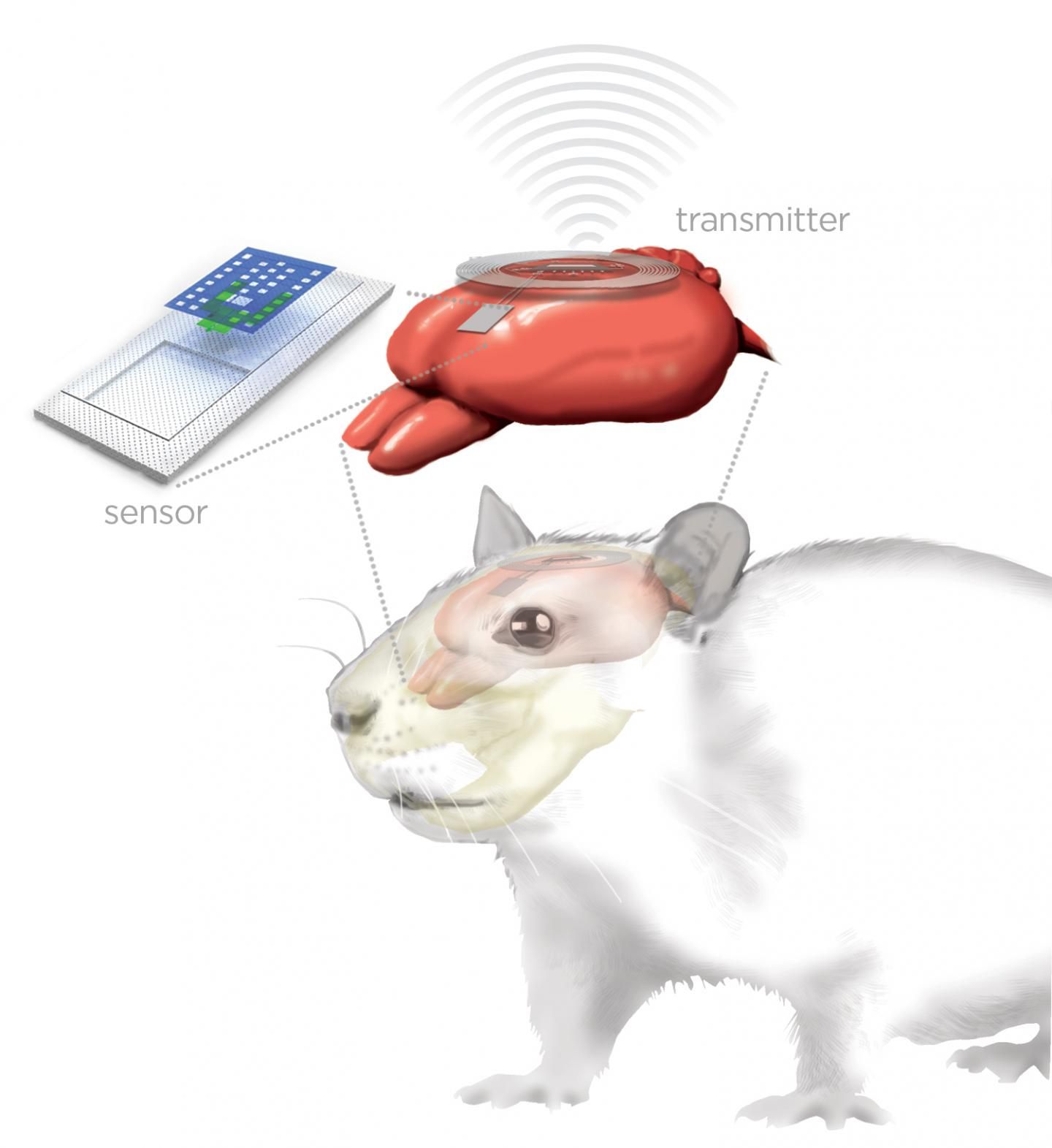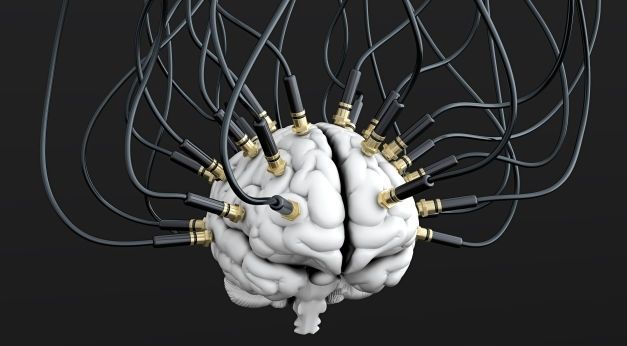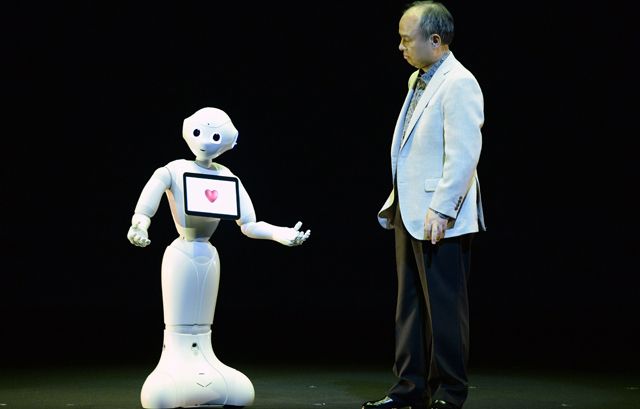Jan 19, 2016
Tiny electronic implants monitor brain injury, then melt away
Posted by Karen Hurst in categories: biotech/medical, electronics, health, neuroscience
Another interesting find from KurzweilAI.
Artist’s rendering of bioresorbable implanted brain sensor (top left) connected via biodegradable wires to external wireless transmitter (ring, top right) for monitoring a rat’s brain (red) (credit: Graphic by Julie McMahon)
Researchers at University of Illinois at Urbana-Champaign and Washington University School of Medicine in St. Louis have developed a new class of small, thin electronic sensors that can monitor temperature and pressure within the skull — crucial health parameters after a brain injury or surgery — then melt away when they are no longer needed, eliminating the need for additional surgery to remove the monitors and reducing the risk of infection and hemorrhage.
Continue reading “Tiny electronic implants monitor brain injury, then melt away” »















